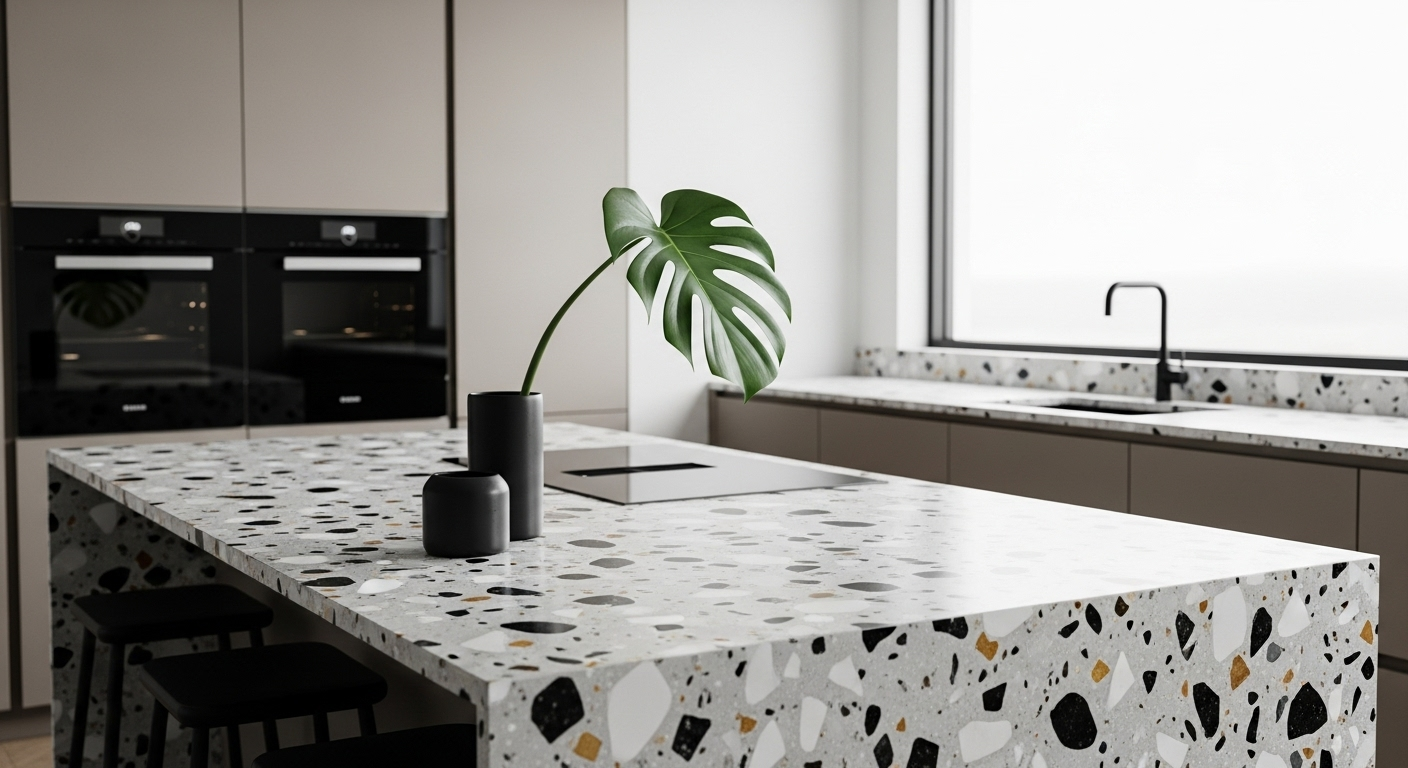The Resurgence of Mixed-Use Real Estate: A Profitable Paradigm Shift
Real estate is a dynamic sector, and just as societies evolve, so do the spaces they inhabit. One trend that’s gaining momentum is the resurgence of mixed-use properties. This versatile real estate strategy combines residential, commercial, cultural, or institutional elements into a single development, creating a vibrant, self-sustained community. Let's dive into this intriguing concept, its benefits, and challenges, as well as its potential impact on the real estate market.

A Shift Back to Integrated Living
The concept of mixed-use real estate isn’t new. For centuries, people lived and worked in the same space, with homes situated above shops or businesses. However, the post-war era saw a shift towards specialized zoning laws, separating residential areas from commercial ones. Now, we’re seeing a return to integrated living, driven by urbanization, changing societal values, and the desire for more convenient and sustainable lifestyles.
The Appeal of Mixed-Use Real Estate
Mixed-use buildings offer several benefits for developers, investors, and inhabitants. For developers, the diversified revenue streams can enhance financial stability. Investors are attracted to the potential for higher returns, while residents appreciate the convenience and community spirit these developments foster. Moreover, they bring vitality to urban areas and contribute to the reduction of traffic congestion and pollution by limiting commuting.
Challenges and Considerations
Despite the advantages, mixed-use developments also pose challenges. They require substantial upfront capital and a careful balance between the different components to ensure overall success. Additionally, they are subject to complex zoning laws and regulations, which can vary significantly from one location to another.
Impact on the Real Estate Market
Mixed-use developments can significantly impact local real estate markets. They can stimulate economic growth, increase property values, and attract a diverse mix of residents and businesses. However, their success largely depends on careful planning, market research, and understanding the needs and preferences of potential occupants.
Conclusion
Mixed-use real estate represents a paradigm shift in property development and investment. While it presents some challenges, the potential rewards are substantial. By offering a blend of convenience, community, and sustainability, these developments are shaping the future of urban living, making it a trend worth watching in the ever-evolving real estate sector.





